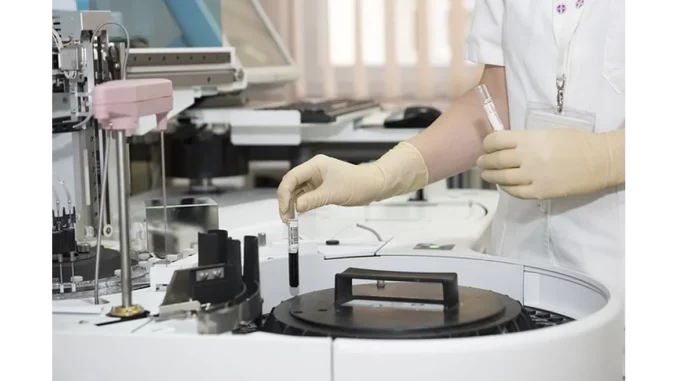
In an era marked by rapid medical advancements, the global apheresis market emerges as a pivotal force in enhancing patient care across a multitude of medical disciplines. To delve deeper into this evolving market, I had the opportunity to engage with Dr. Emily Carrington, an esteemed haematologist and a specialist in therapeutic apheresis. Dr. Carrington, with over a decade of experience, shared her insights and experiences, shedding light on the significant strides within the field.
Dr. Carrington’s introduction to apheresis occurred during her residency, a time when the field was still considered relatively specialised. Reflecting on those early days, she remarks, “Apheresis was quite niche back then, but it has since become a cornerstone in treating a wide array of conditions.” The procedure involves the separation and removal of specific blood components, such as plasma, platelets, or white blood cells, making it a versatile tool in modern medicine. “It’s remarkable how a targeted approach can dramatically improve patient outcomes,” she notes, emphasising the transformative potential of apheresis.
The apheresis market is experiencing substantial growth, with projections indicating a rise in market size from US$ 3.5 billion in 2023 to US$ 6.2 billion by 2033. This expansion is driven by several factors, including technological innovations and an increasing prevalence of conditions that necessitate apheresis. Dr. Carrington highlights, “The surge in autoimmune diseases and cancers has certainly spurred demand. Plasmapheresis plays a crucial role in treating autoimmune conditions such as myasthenia gravis, while leukapheresis is indispensable in managing blood cancers like leukaemia and lymphoma.” She also underscores the importance of technological advancements, which have led to the development of more efficient and automated systems, enhancing the safety and speed of these procedures. Such innovations are vital not only for therapeutic applications but also for blood donation processes.
The regional dynamics within the apheresis market are equally noteworthy. North America claims a dominant position, holding over 36.3% of the market share in 2023. Dr. Carrington attributes this to the region’s robust healthcare infrastructure and the high prevalence of chronic diseases. Meanwhile, Europe and the Asia-Pacific region are witnessing significant growth. “Europe has a strong focus on research and development, while Asia-Pacific is rapidly expanding due to growing healthcare investments and heightened awareness of apheresis applications,” she explains.
The diversity of apheresis procedures further underscores the market’s growth. Plasmapheresis, accounting for 42.9% of the market in 2023, is extensively utilised for chronic conditions like Guillain-Barré syndrome. Leukapheresis, another critical procedure, is vital in oncology and bone marrow transplants, selectively extracting white blood cells, especially beneficial for chemotherapy patients. Dr. Carrington also touches upon plateletpheresis and erythrocytapheresis, highlighting their importance for specific patient needs, such as those requiring platelet transfusions or managing conditions like sickle cell disease.
Despite the promising growth trajectory, Dr. Carrington acknowledges the challenges confronting the apheresis market. “The high cost and complexity of apheresis procedures can limit accessibility, particularly in low-income regions,” she observes, noting a significant barrier that the industry must address. Nonetheless, she remains optimistic, pointing to immense opportunities on the horizon. “Ongoing technological advancements offer the promise of better patient outcomes and could potentially reduce costs,” she adds.
As our conversation drew to a close, Dr. Carrington reflected on the broader implications of apheresis. “It’s not merely about treating diseases; it’s about enhancing quality of life. The ability to offer hope and relief to patients is what makes this field so rewarding.” Her insights provide a vivid portrayal of a dynamic and evolving market poised to play an increasingly vital role in global healthcare. As the apheresis market continues to expand, it holds the promise of not only advancing patient care but also unlocking new frontiers in medical treatment and innovation.


Be the first to comment